Whether or not you wear bikinis, July is the month most commonly associated with the tiny garment. Have you ever stopped to wonder about how we got from swim machines and wearing tights on the beach to a suit that can fit in a coin purse? There is a lot more to the shrinking of the swimsuit than time. This weekend, we are taking a look at the introduction of the bikini into the mainstream and the primary players involved with the creation of this summer icon.
The pre-bikini
As we have seen in previous posts on the history of women’s swimwear, once the 1920s hit, women refused to conform to traditional standards of morality when it came to a day at the beach. Physical recreation and wellness were becoming more on the minds of people in Western society, and swimming was the most popular form of exercise for the first few decades of the century. Leisure activity was also becoming something that more people were taking for granted and considered a part of their week. These two factors combined resulted in people flocking to beaches in droves, and women wanted to be comfortable while they were there.
For much of the 1920s and 30s, the new “one-piece” swimsuits were the norm, with women enjoying more freedom to spend the day lounging on a beach blanket or swimming without being hassled by public authorities. As such, the one-piece shrunk and stayed in the “maillot” style still used today.
What led to the shrinking of the one-piece suit wasn’t fashion sensibility at all but rather the rationing that was required as World War I hit. Any fabric considered superfluous was removed from the suit, meaning that women were purchasing swimsuits without skirts or sleeves. Some two-piece suits emerged, though with much more coverage than the modern bikini offers. Here are some examples of the pre-bikini:
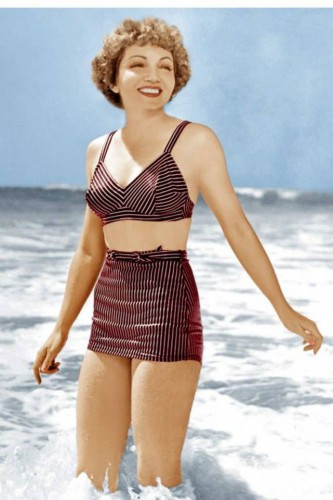
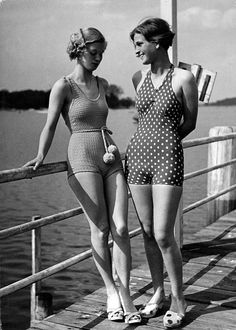
The end of the war came with two dynamics that made room for the bikini. First, people were simply eager to get out and have a great time. Second, European women were feeling emboldened by the freedoms they enjoyed during the war. In short, the stage was set for a new battle: who would become known as the innovator of women’s swimwear.
Enter French designers Louis Réard and Jacques Heim.
Jacques Heim
Jacques Heim was a clothing designer quite ahead of his time. Having been born into the fashion industry (his parents owned a fur store), he began experimenting with clever and sophisticated ways for women to show skin before the war began (sort of ironic for someone coming from the fur industry). In 1936 He attempted to launch a skimpy two-piece swimwear line that included midriff-bearing bottoms. The line was a bit of a flop, as women were simply not ready for that amount of exposure.
After the war, Heim decided to try again. In July 1946 he opened a chain of swimwear boutiques along with re-releasing the midriff-bearing suit, this time referring to it as the Atome in a nod to the testing going on in the states. Heim seems to have been emboldened by the war as well, as this time he openly promoted the suit via skywriting as “the world’s smallest bathing suit.”
Unfortunately for Heim, another French designer was hot on his trail. While Heim had pushed the envelope, Louis Réard was about to take any remaining standards of decency and toss them right into the ocean.
Louis Réard
Like Jacques Heim, Louis Réard was born into the fashion industry, with his mother running a lingerie shop in Paris. An engineer by trade, when he saw women on the beaches of Saint Tropez rolling up the sides of their suits to get a more all-over tan, he sought to design a solution.
Fully aware of Heim’s plans, Réard knew that he would need to take even more risks with his suit. Whereas Heim’s suit allowed enough cover to just barely shield a woman’s navel from the world, Réard’s suit was made up of a grand total of 30 inches of fabric. It was, especially by the standards of the time, “barely there.”
Réard was also a marketing genius and exploited the competition with Heim to his full advantage. While Heim’s design gave a nod to US testing of nuclear weapons, Réard gave a nod to even more recent experiments, the test of the first nuclear weapon at Bikini Atoll. Next, he hired his own skywriters and he really showed his fangs. His message? “Smaller than the smallest bathing suit on earth.”

Réard also knew that to be truly provocative and to have the most successful marketing campaign he would need to produce photographs of the Bikini being worn. The problem was that his design was so risque that a model was hard to find.
Enter Micheline Bernardini!
Micheline Bernardini
While the design of Réard’s Bikini may have been shocking to the general public, that doesn’t mean that there wasn’t a thriving underground scene in France. When he failed to find a professional model to be photographed in his invention, he turned to the Casino de Paris where he scouted a nude dancer by the name of Micheline Bernardini. The 19-year-old performer was happy to model for the release of the Bikini and on July 5, 1946 a photoshoot was scheduled at a popular public swimming pool in Paris. Above you can see the most famous shot from the event, with Bernardini holding a matchbox. Why? To show just how small of a container the new swimsuit could fit into.
The photoshoot and the Bikini gained worldwide attention. It is said that Bernardini received over 50,000 fan letters after the story was published.
The aftermath
While the Bikini was a news story around the world, its use was mostly limited to Europe for another decade or so, with Americans simply not ready to bear that much skin. Plenty of American women did wear two-piece suits, but with much more coverage than Réard’s invention. Many countries and US states went so far as to ban the 30-inch version for many years.
With the 1960s came the surf movies craze and young Americans demanding more freedom and experimentation with new ways of doing things than ever before. A musical tribute to the Bikini became a part of American pop culture with Bryan Hylands “Itsy Bitsy Teeny Weenie Yellow Polka Dot Bikini” and the tiny summer garment was here to stay.
We will cover the song and the surf movie craze in an upcoming post!








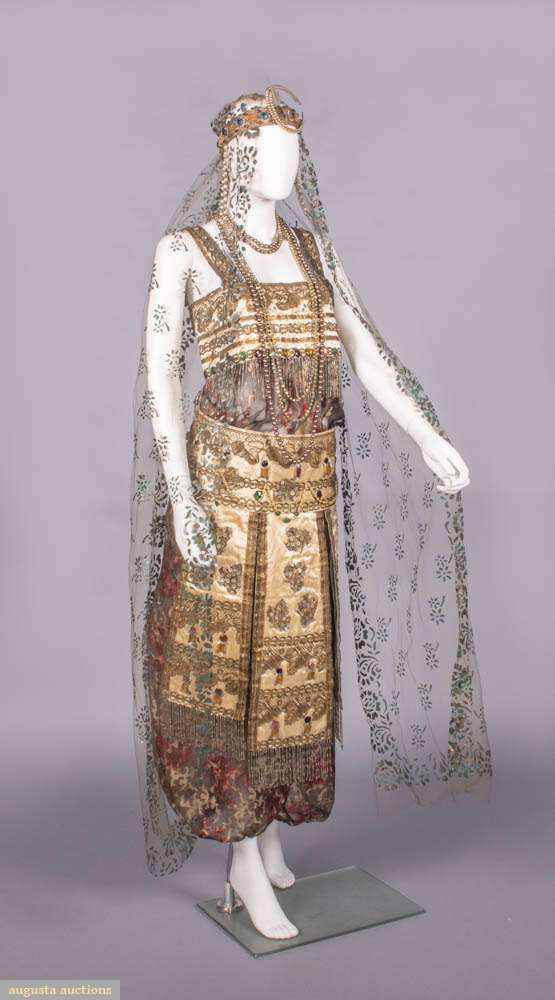


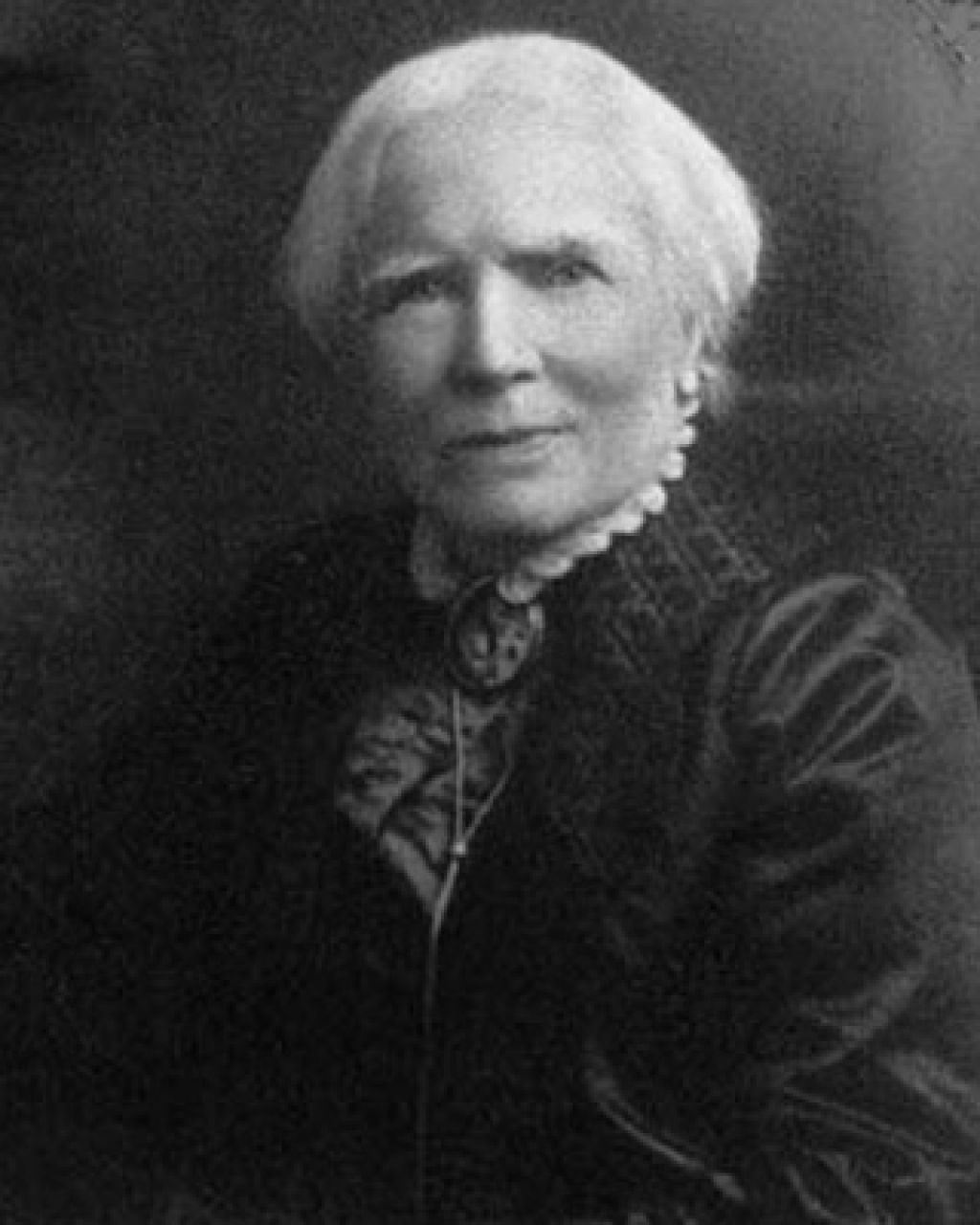

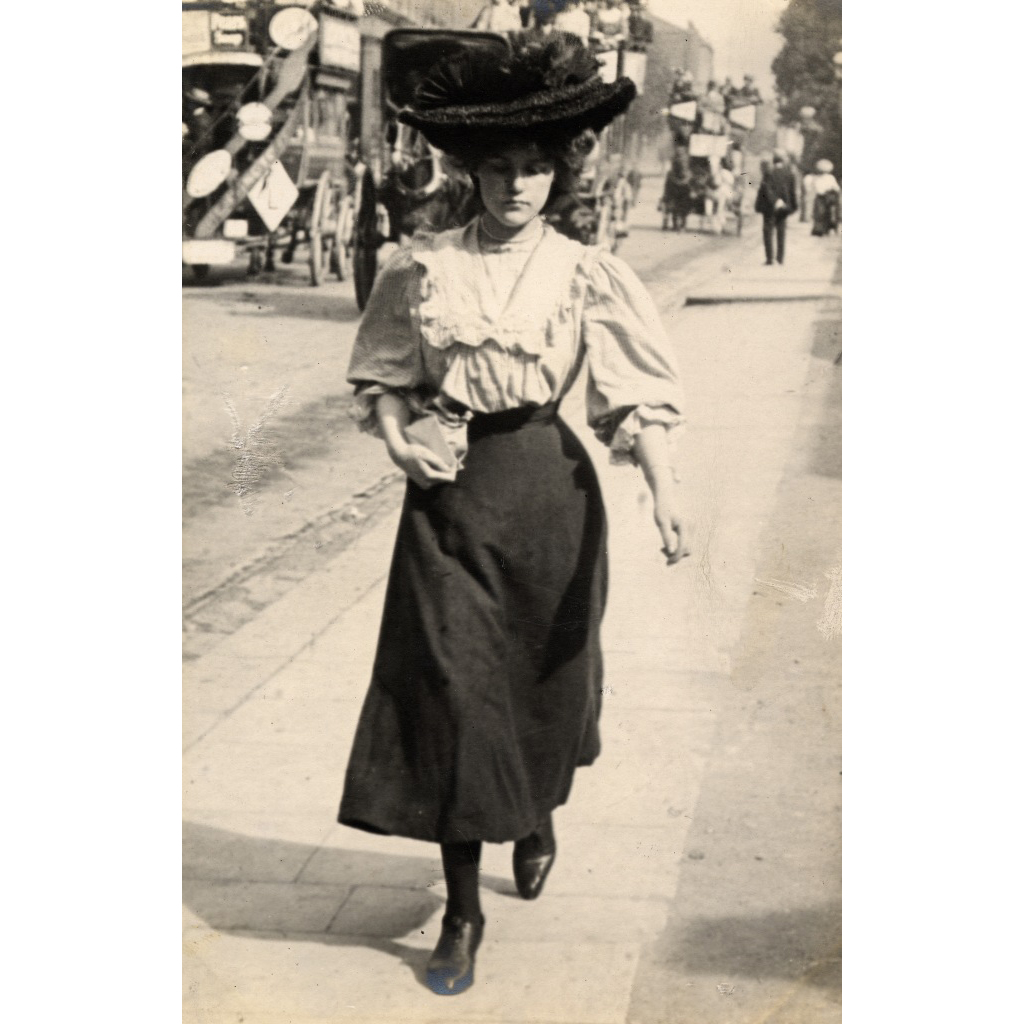
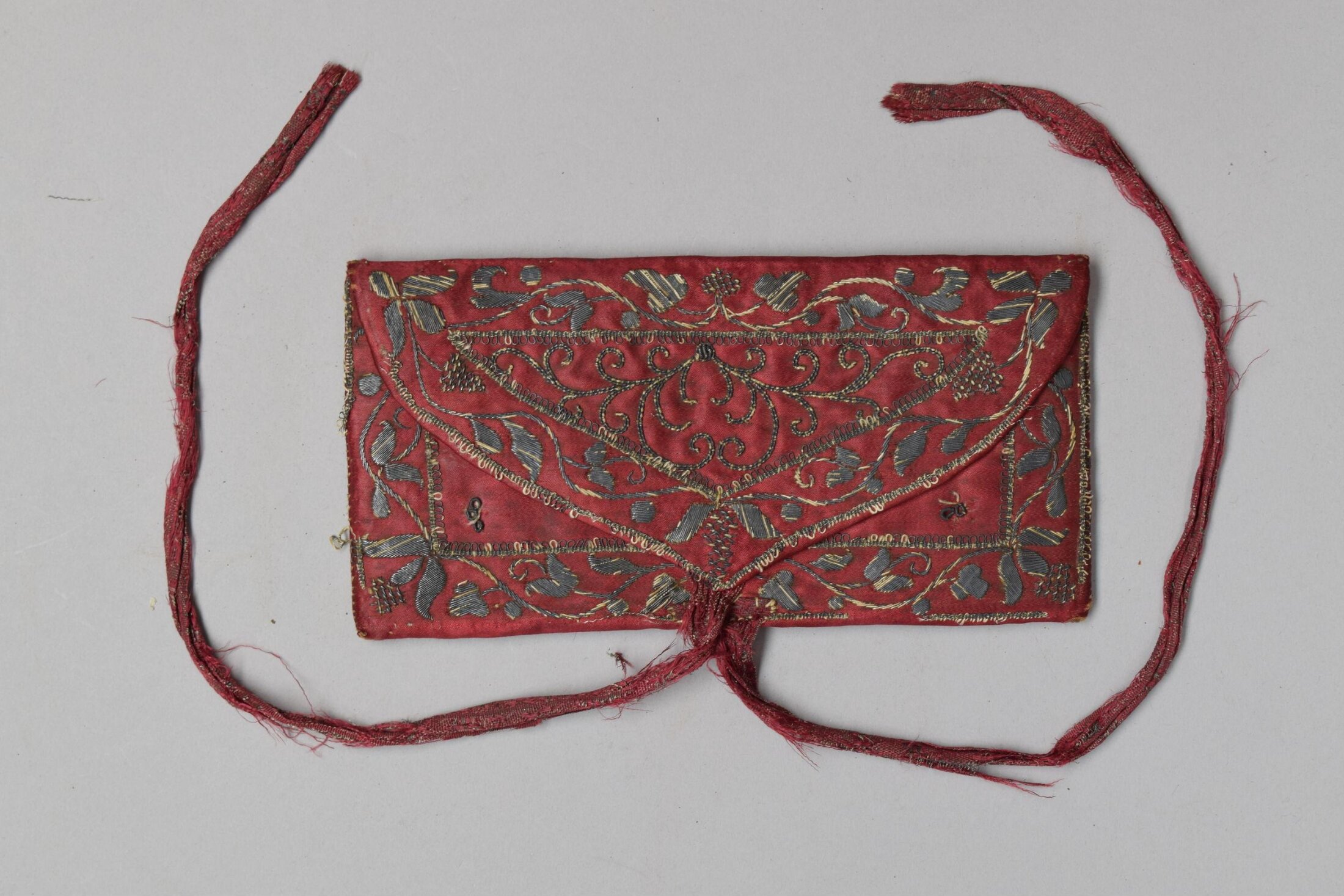
Thank you for this thorough fashion history of thhe bikini. I had no idea the bikini and I are about the same age!